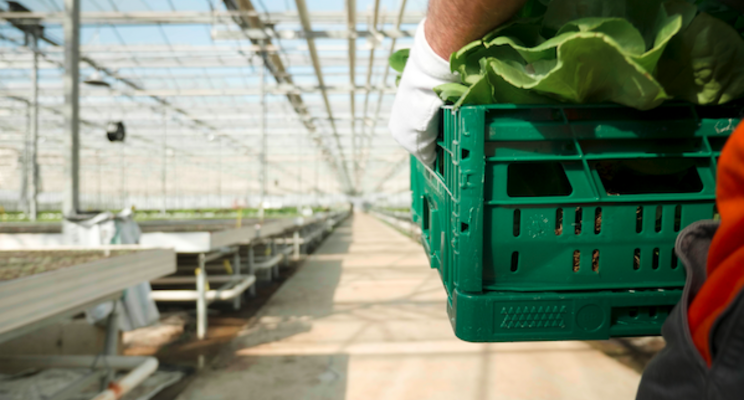The world's biggest vertical farm will fertilize crops with fish poop
Added on 25 January 2022

The company behind the project is Brooklyn-based Upward Farms, which was founded in 2013 and currently sells greens from its two existing farms in Manhattan and Brooklyn Whole Foods stores. The new farm will be built in Luzerne County, Pennsylvania, which is 135 miles west of Manhattan and 115 miles north of Philadelphia.
At 250,000 square feet (that's about 6 acres) the Pennsylvania facility will dwarf the company's existing farms, as well as most vertical farms in other parts of the world; Europe's biggest one is less than a third of this size at 73,000 square feet.
As a quick refresher, vertical farms use LED lights to recreate the process of photosynthesis; red and blue wavelengths of light interact with the chlorophyll in plants to help form glucose and cellulose, the structural material in cell walls. The elements of sunlight that plants don't use as efficiently, like heat, can be reduced or removed entirely, making for a quicker progression from seed to harvest.
Most vertical farms are hydroponic (plant roots sit in shallow troughs of nutrient-rich water) or aeroponic (roots dangle in the air and are periodically misted). But Upward Farms uses aquaponics to fertilize its crops.
Besides microgreens, Upward Farms raises fish: mercury-free, antibiotic-free, hormone-free hybrid striped bass, in tanks that are separate from the trays of greens. Manure from the fish is cultivated with soil-building microbes that convert nutrients from the fish into organic fertilizer for the plants. This makes for a soil microbiome that's more dense, fertile, and productive than that of most indoor farms, according to the company (and they sell the fish to consumers, too!).
Click here to read more.
Photo created by DCStudio - www.freepik.com
Source: Singularity Hub
More news















